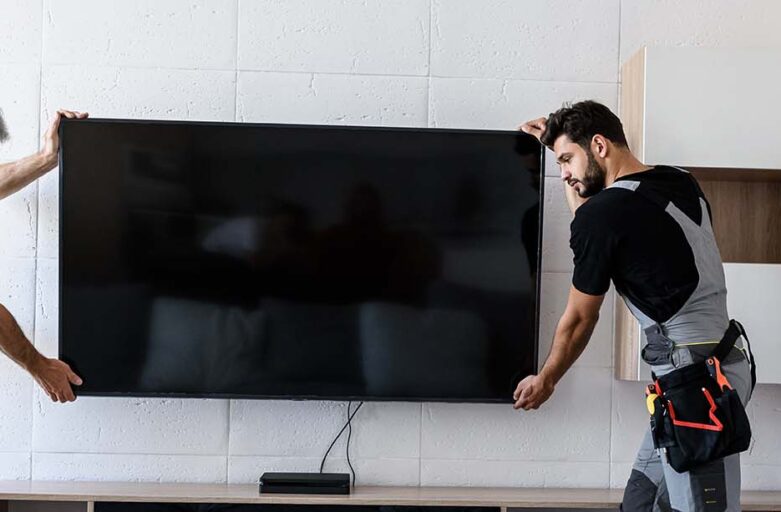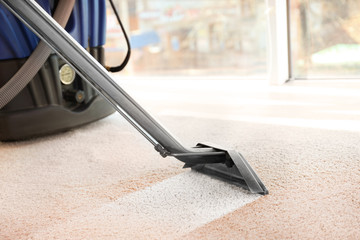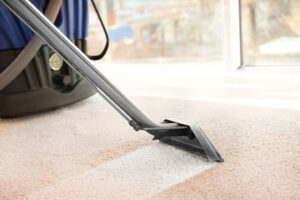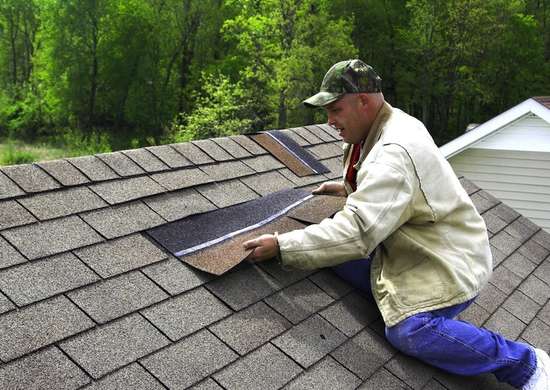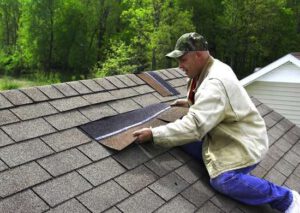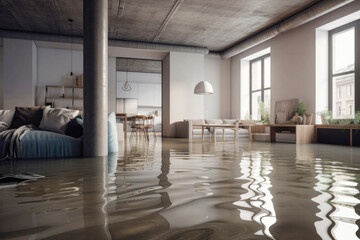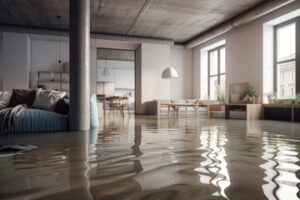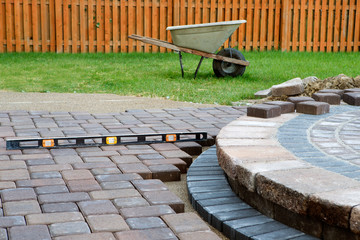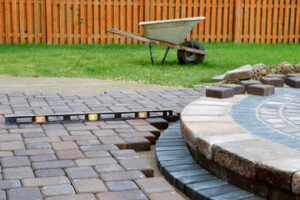If you’re willing to put in some time and effort (and maybe enlist the help of a friend) then hanging a TV on your wall is actually pretty easy.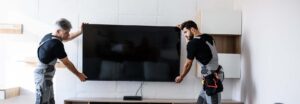
Start with a stud finder to locate the metal studs on your wall. A stud is the best place for a TV bracket to rest.
When mounting a TV it is important to take care of how wires will be managed. This will ensure the safety of the TV and also provide a neater appearance. There are several options to consider when it comes to wire management, including surface mount cord covers, cable raceways and in-wall cord runs. In most cases it is best to have at least one or two of these options available so that you can choose the option that works best in your space.
A stud finder is an excellent tool to have on hand when mounting your TV. This can be used to help locate wall studs and will allow you to drill in the correct place. A standard stud is 16 inches apart so be sure to locate the correct location before drilling. Also, it is a good idea to have a partner when installing the mount so that they can hold the television while you drill.
If you are mounting your TV in a brick wall, it is best to have masonry drill bits and a hammer on hand. These tools will help you drill through the brick and into the underlying drywall or concrete. You will also want to make sure you have a good quality power drill that is designed to work with masonry materials. A masonry drill will also have a special tip designed to bite into the brick and allow you to install the screw anchors that will hold the mount in place.
If you have a lot of wires that need to be run behind the wall, a cable management box is an excellent choice. These boxes can be placed on the floor or mounted to the wall and will allow you to route all of your cords inside of them. This can be a great solution if you do not have enough room for a cord cover or if you prefer the look of all of your cables being on the wall rather than in the middle of your room.
If you are looking for a more modern and sleek appearance, a fixed mount may be the best option for you. This will prevent the need for you to continually move the television to access your power outlets and will create a cleaner appearance in the living space.
Mounting Options
When it comes to TV mounting, the type of mount you need depends on a variety of factors. You’ll want to consider the size of your TV, the layout of your space, and your personal preferences. Once you know these basics, you can narrow down your options and find the perfect TV wall mount for your home.
Wall-mounted TVs are a great option for anyone looking to free up space and streamline their entertainment setup. With a little planning and the right TV mount, you can hang your flatscreen on a wall or on furniture like a media cabinet or table. The biggest benefit of a wall-mounted TV is that it eliminates the need for a stand. This saves floor space and makes your room feel more open.
The other main benefit of a wall mounted TV is safety. Unsecured TVs are a tripping hazard and can fall over, especially in homes with children or pets. Having your TV mounted on the wall can reduce these hazards, and it can also make it harder for kids or pets to reach the screen.
There are several different kinds of TV wall mounts, so you’ll need to decide what kind will work best for your space and needs. Some mounts are flat and mount the TV straight against the wall, while others have a swivel or tilt feature that lets you adjust the viewing angle of the screen. Some mounts can even fold down to the wall for easy storage when not in use.
Before choosing a TV mount, it’s important to confirm that your TV is compatible with the mount. The TV’s owner’s manual should clearly state if it is wall-mountable or not, and it will often have a set of holes on the back of the device (called a VESA pattern) that determine its compatibility with various mounts.
If your TV is not compatible with a VESA-compatible mount, you can try spanning two known studs in the wall with a sheet of plywood. Ensure that the thickness of the plywood is greater than the gap between the studs to prevent it from falling or warping.
TV Weight
For the safety and security of your TV, it is important to consider the weight capacity when selecting a mount. A quality mount is designed to securely attach your TV without putting strain on the frame. The weight limit for a mount is usually listed with the product description or on the packaging. A good rule of thumb is to choose a mount that can support the weight of your TV plus an additional 50 pounds. This extra weight will help prevent the mount from bending, slipping or falling off of the wall.
The first thing you need to do is determine the size of your TV and the VESA pattern. The VESA pattern is the arrangement of holes on the back of your TV that allow you to attach a mounting bracket to the wall. Almost all modern TVs have the VESA pattern, and you can easily identify it by looking at the back of your TV for a label that says “VESA” or for a chart that lists the sizes of each hole.
Depending on the size of your TV and the type of wall you are installing it on, there are many different TV mounts available. You should select a mount that is rated for the weight of your TV and has enough holes to accommodate the screws on your TV. You may need to purchase an extension kit if you are mounting a large TV on a drywall wall that has smaller holes than the mount requires.
Another consideration is if you want to use an articulating mount or a flat mount. An articulating mount allows you to tilt your TV into different positions, which can be useful for reducing glare or for positioning the screen away from the wall during storage. The downside is that it can also put more stress on the mount, which could reduce its lifespan.
It’s important to remember that a TV is not a decoration; it’s a tool for entertainment and communication. It’s important to hang it correctly to get the most out of your investment. Using the right mount can ensure that your TV is secure and safe, and it can add a stylish and functional touch to any room.
Safety
Mounting a TV is a great way to free up space in your home and create a modern look, but it’s important to keep safety in mind. Proper installation techniques and regular maintenance will help ensure that your TV wall mount remains safe for years to come.
Start by reading the manufacturer’s instructions that came with your TV mount. Then, line up the mounting plate on the back of your TV with the holes that are in the wall bracket template. Depending on the type of mount you have, these two halves may connect through a rail system, clips or screws. Be sure to tighten these attachments securely so that the mount stays in place.
Before drilling any holes in your walls, use a stud finder to locate the studs inside your wall. These structural supports will provide strength and support for your television and TV wall mount, so it’s essential that they are properly installed.
When installing the TV mount, be sure that you’re using a stud-rated anchor kit that matches your drywall. It’s also a good idea to secure the bracket to the studs with at least four screws, as this will help prevent the bracket from shifting or pulling away from the wall.
Once the wall bracket is firmly attached to the studs, use a power drill or screwdriver to drive in the remaining mounting screws. Then, test to see if the mount is stable by gently shaking it. If it moves, or if you hear any rattling, tighten the screws or adjust the mount’s position.
Another important safety consideration when mounting your TV is to make sure that the cable connections are properly secured and out of reach of children and pets. Dangling cables can become a tripping hazard, so use cable clips or ties to hold them in place and reduce the risk of accidental injury. If you have young kids, be especially careful to childproof your TV installation by securing any cables that are within reach of them. This will help ensure that they are not able to pull or damage the TV, as well as any other electronics in your home.
